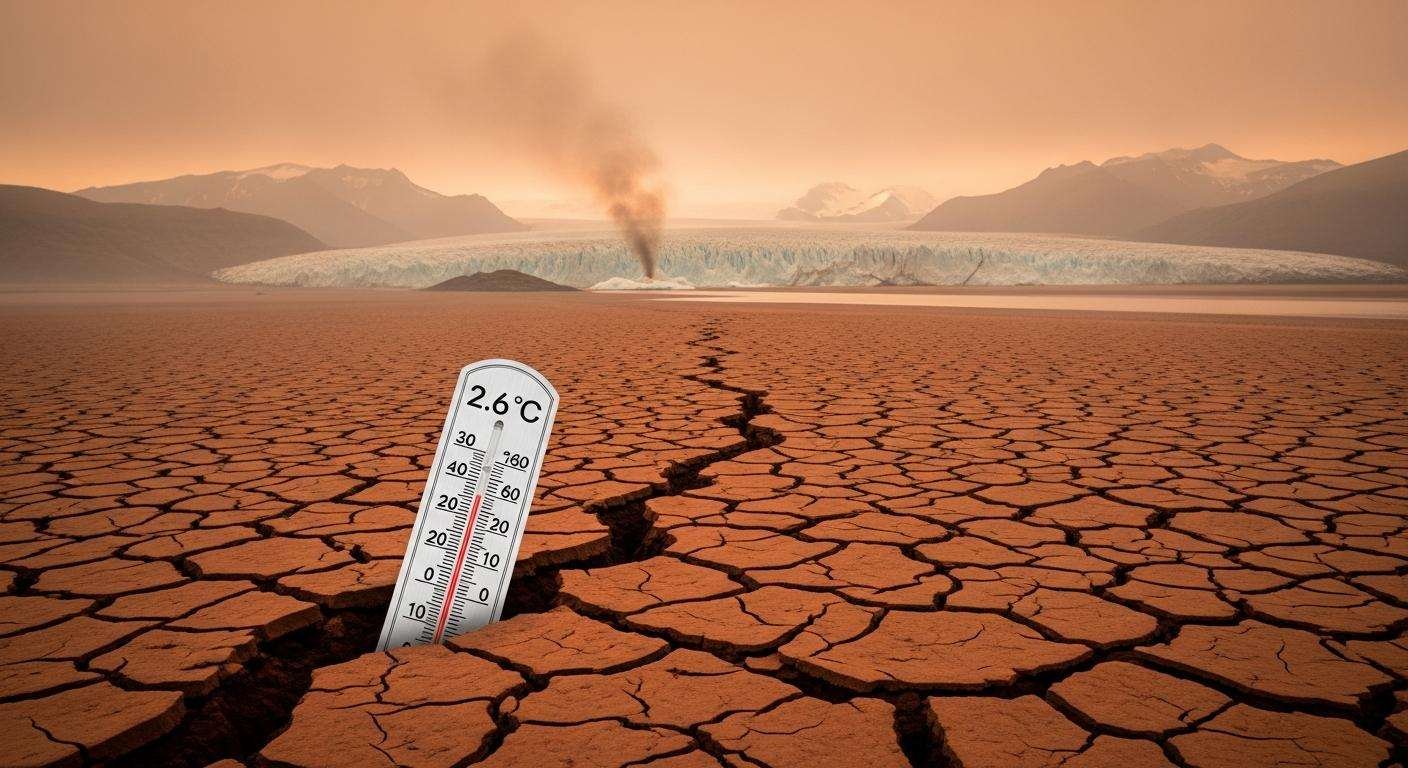
Introduction to Global Temperature Rise
Scientists released another sobering update: the world is still heading toward a 2.6°C rise in average global temperature this century. On a planetary scale, it’s enormous and in some locations the change is much greater. More importantly extreme heat events have already skyrocketed and will continue to do so – having now effectively accelerating past 1.5 degrees (which it kinda has).
The difference between a livable Earth and one facing cascading environmental instability often falls within just a few degrees just like the human body. Imagine if your body is running at 2.6°C above normal. You would be feeling extremely ill. Now apply this to the planet and all the natural and physical effects and you will have a world that is literally febrile with huge consequences for food and water security.
The consequences—stronger storms, longer droughts, melting ice caps—are visible from Miami’s flooded streets to the scorched forests of southern Europe. A 2.6°C world could bring far more severe and irreversible changes, from collapsing coral systems to migration crises. While global awareness of the climate emergency is stronger than ever, progress is lagging behind promises.
Analyzing Recent Findings on Climate Reports
The latest report, drawn from combined data by the United Nations Environment Program and leading climate research institutes, paints a picture of urgency concluding that current national policies and pledges fall far so short of stabilizing global warming that even if every existing pledge were fully implemented, we’d still be heading toward a 2.6°C rise. That is truly scary.
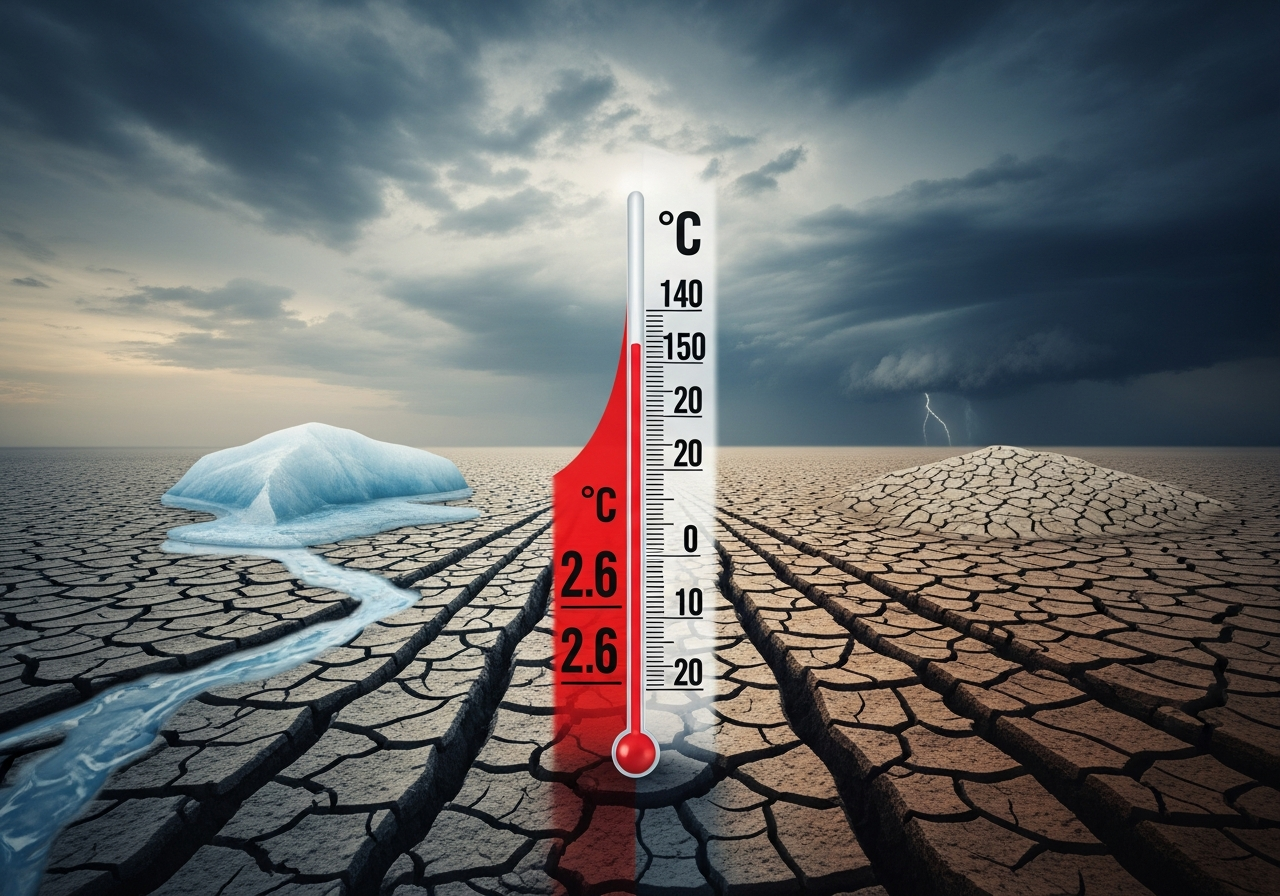
The Role of Human Activities in Climate Change
The primary driver of this temperature rise is human activity—burning fossil fuels, clearing forests, and producing goods at an unprecedented pace. Every flight we take, every building we heat, and every field we plow contributes a bit of carbon dioxide or methane to the atmosphere. Those gases trap heat like an invisible blanket around the planet.
Industrial emissions remain the largest culprit, especially from coal and oil sectors. Yet our lifestyles—fast fashion, high meat consumption, overreliance on cars—add to the load. It’s not about individual guilt so much as collective impact: billions of small decisions echoing in the atmosphere, as seen in recycling practices in the fashion and textile industry.
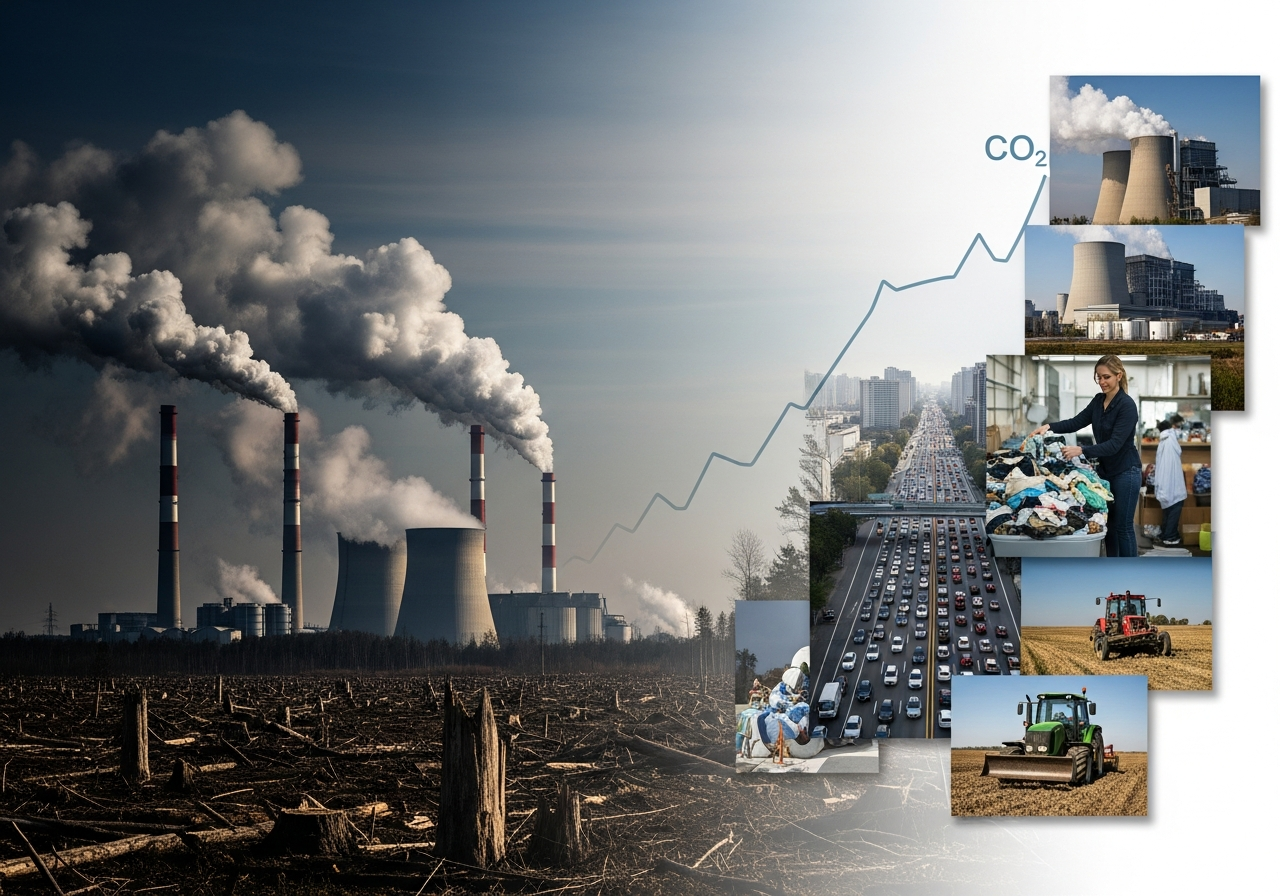
Potential Consequences of a 2.6°C Temperature Increase
A 2.6°C rise could reshape our world in ways that defy easy repair. Sea levels might climb by half a meter or more, threatening coastal cities from Jakarta to New York. Heatwaves could become routine in regions once considered temperate. And food systems could falter as droughts and floods disrupt harvests.
The economic implications are staggering. Crop failure, infrastructure damage, and health crises could drive up costs globally. In particular, addressing such crises highlights the need for sustainable packaging solutions and their impact on waste. Regions already struggling with inequality may face the hardest blows, potentially (undoubtedly??) triggering migration and political tension. In short, climate change isn’t just environmental—it’s social, economic, and deeply human therefore affecting politics in profound ways. In fact it is likely that given the already increasing conflicts due to water and food resources globally we are already seeing the migration of people to safer zones triggering nationalism and anti-migration sentiment in Europe and the US.
Current Global Efforts to Curb Temperature Rise
The Paris Agreement remains our main global framework for action, aiming to limit warming “well below” 2°C and ideally to 1.5°C. Countries are submitting new national climate plans—known as Nationally Determined Contributions, or NDCs—but many remain underfunded or delayed.

Barriers to Achieving Climate Goals
So what’s holding us back? The obstacles are as much political and economic as they are technical. Fossil fuel subsidies—still exceeding hundreds of billions of dollars globally—distort markets. Some industries resist change because short-term profits outweigh long-term risk.
Global inequities also complicate cooperation. Developing nations, which have contributed the least to the problem, often bear the heaviest costs. Many need financial and technological support from wealthier countries to transition toward cleaner economies. Without that fairness, collective progress stalls.
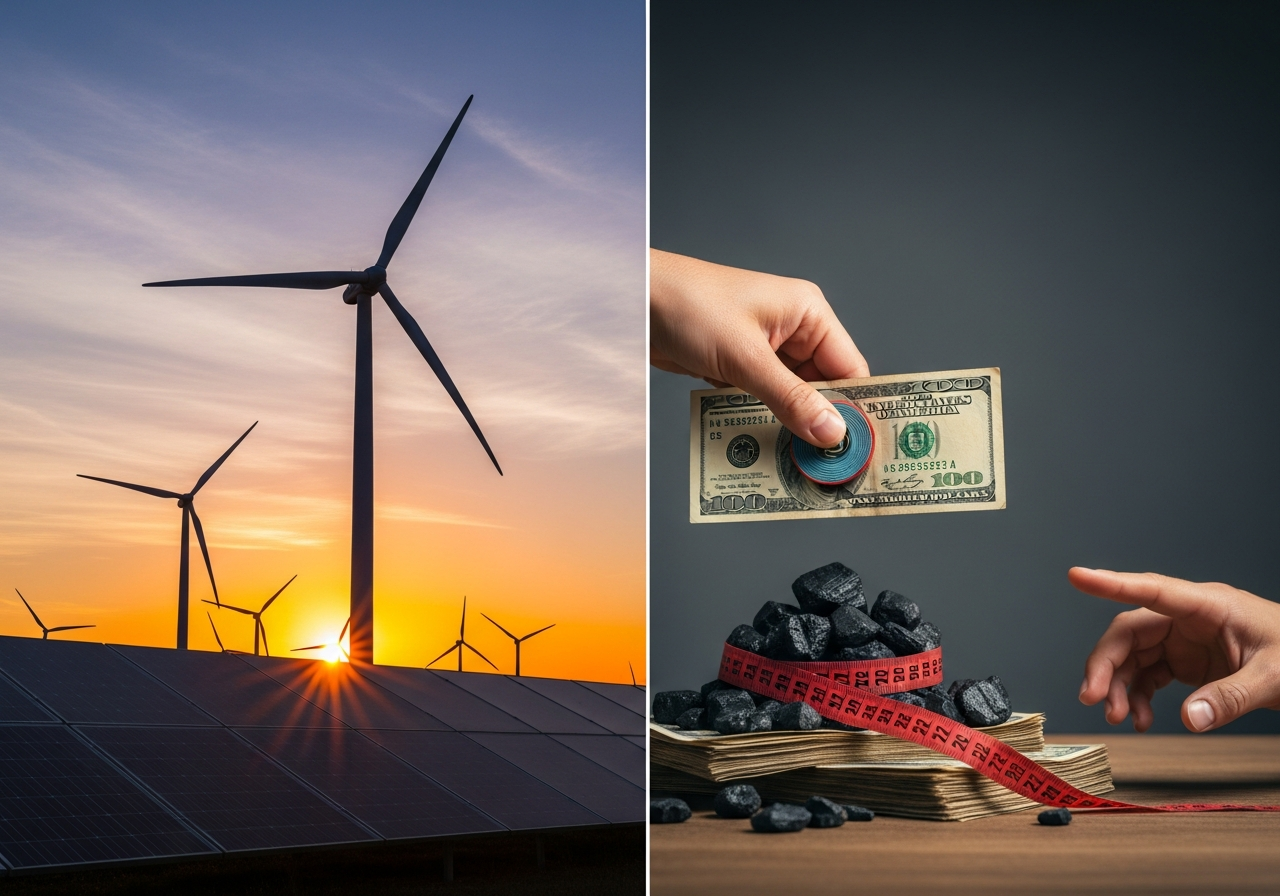
Urgency of Increased Climate Actions and Individual Responsibility
Scientists warn that the window for avoiding the worst outcomes is closing, but not yet closed. Governments must strengthen policies, and corporations must prioritize sustainability beyond mere branding. Yet individuals, too, play a part—through choices, advocacy, and awareness.
Simple steps matter: choosing renewable energy suppliers, reducing waste, supporting local food producers, and voting for leaders with credible climate plans. Change doesn’t happen overnight, but it gathers momentum when millions pull in the same direction.
The Future Outlook: Preparing for Changes
If the world stays on its current path, by mid-century, we may experience more frequent superstorms, widespread water stress, and biodiversity loss on an unprecedented scale. Planning for resilience—stronger infrastructure, smarter agriculture, and early warning systems—will be essential.
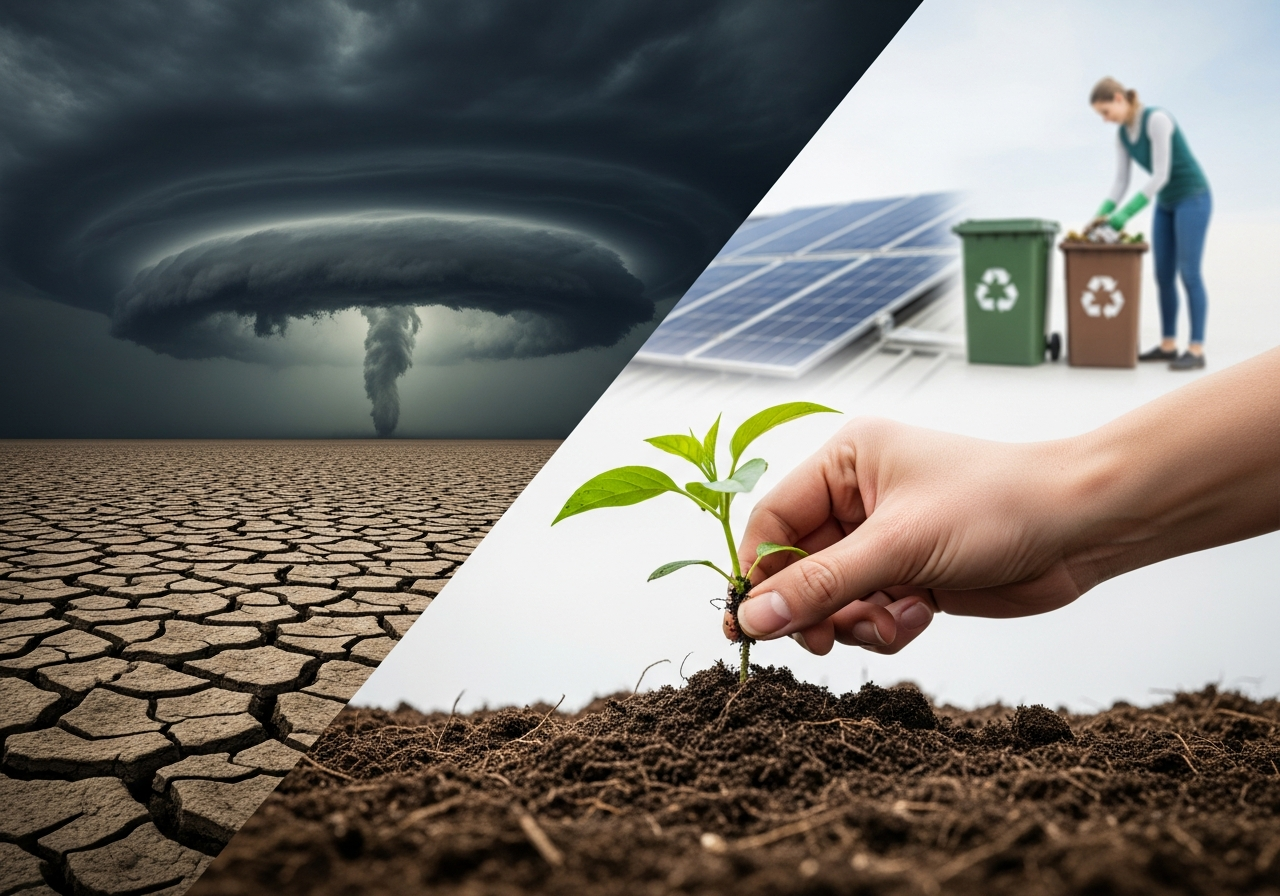
FAQs: World Still on Track for 2.6°C Temperature Rise
1. What does the report say about global temperature rise?
The report warns that the world is currently on track for a 2.6°C increase in global temperatures by the end of the century if current climate policies and emissions trends continue.
2. Why is a 2.6°C rise considered catastrophic?
A rise of 2.6°C would lead to severe climate impacts, including extreme heatwaves, stronger storms, rising sea levels, widespread droughts, ecosystem collapse, and major disruptions to food and water supplies.
3. What is causing the world to stay on this trajectory?
The main causes include:
-
Insufficient action to reduce greenhouse gas emissions
-
Continued reliance on fossil fuels
-
Slow global transition to renewable energy
-
Increasing industrial emissions
-
Weak climate commitments in many countries
4. How does this projection compare to the Paris Agreement goals?
It is far above the Paris Agreement targets:
-
1.5°C target → considered safest
-
2°C upper limit → marked as dangerous
A 2.6°C rise exceeds both, indicating the world is off-track.
5. Which regions will be most affected?
While climate change affects the entire planet, the worst impacts will likely hit:
- Small island nations
- Coastal cities
- South Asia and Africa
- Arctic regions
- Areas already experiencing drought or heat stress
This article is for informational purposes only.
Reference: https://www.theguardian.com/environment/2025/nov/13/world-still-on-track-for-catastrophic-26c-temperature-rise-report-finds
The post World still on track for catastrophic 2.6C temperature rise!! appeared first on Green.org.














